Whether you’re an experienced gardening enthusiast or a novice, our Landscaping Basics guideline will put you on the route to an abundance of crops. Here are three key stages to make sure your vegetable patch succeeds: Springtime is here, and there’s never been a more appropriate moment to spend time getting your gardening gloves muddy to start growing vegetables!
Get Your Landscape Ready Right:
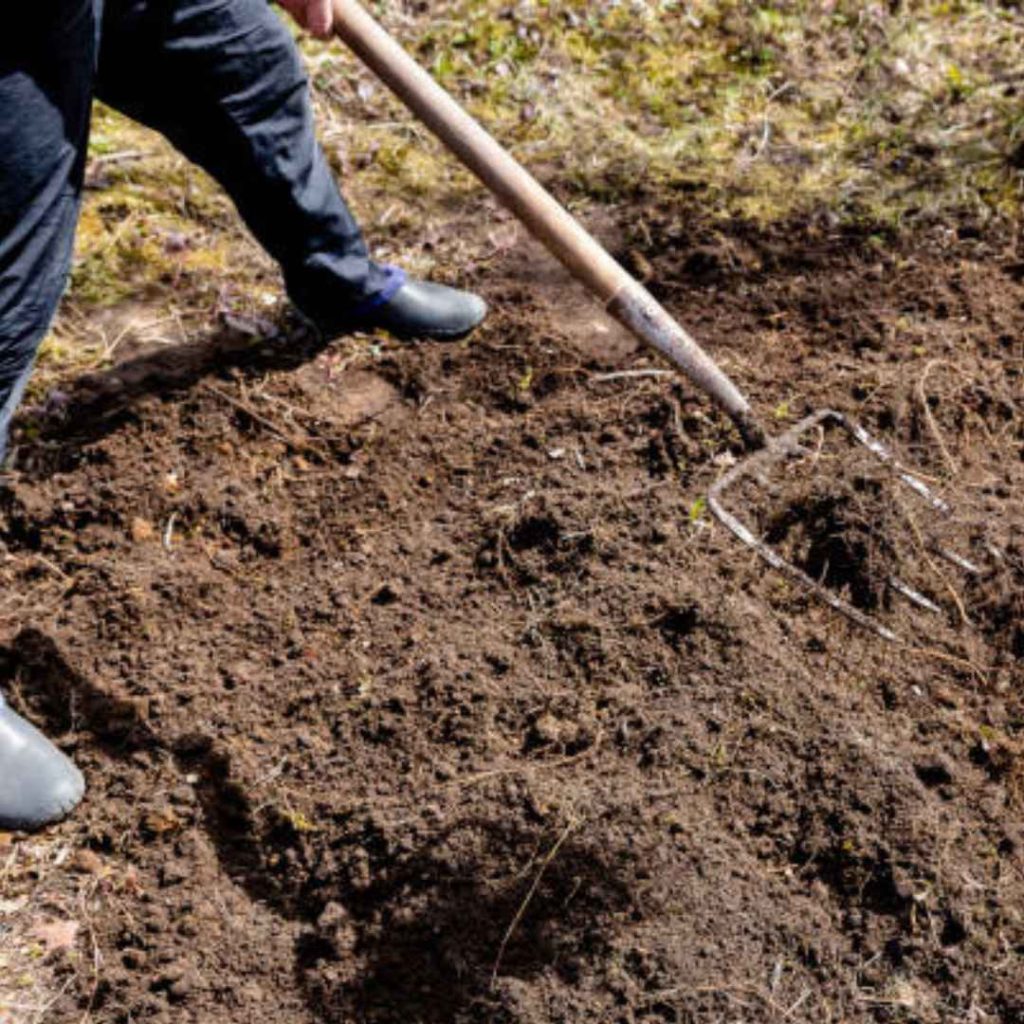
It’s essential to completely put together your gardening bed before sowing your initial seed and young plants:
Toss the ground: In order to promote outflow and air circulation, start by softening the substrate. For healthy roots and general plant development, this stage is essential.
Apply the Right Fertilizer: Add the proper fertilizers to the substrate. To supply necessary substances, utilize composting or an appropriate manure.
Using Mulching to Hold on to Wetness: Mulching preserves water content in the soil, inhibits weed growth, and keeps the ground’s warmth constant.
To maintain the humidity in and invasive plants out, you may employ Geo textile cloth, like we utilize at the Farming operation, or homemade mulches like wood shavings or grass. Geo textile is available for purchasing on foot at the Agricultural Center.
Plant Accurately:
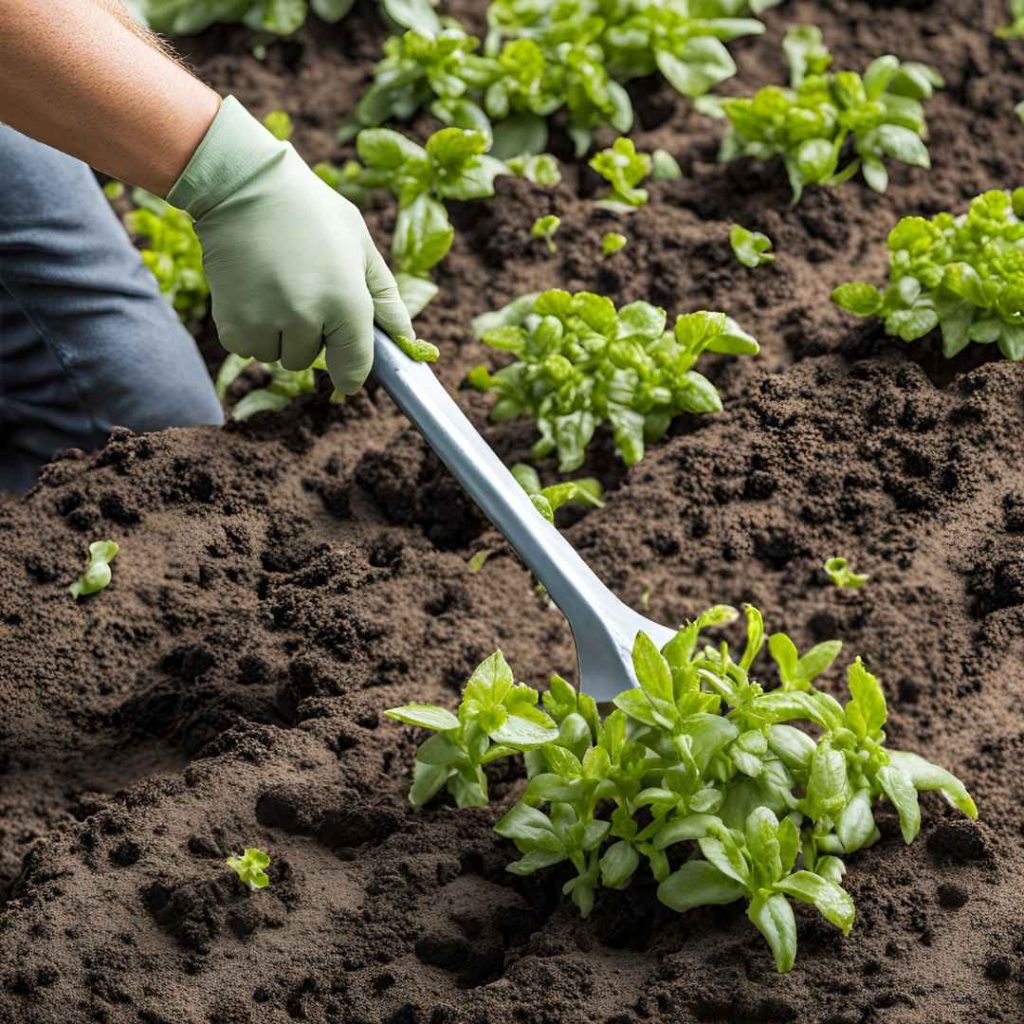
Just as crucial compared to what you grow is the way you cultivate it:
Think about the amount of plants: Keep the vegetation from being overcrowded. Landscapes that are congested are more susceptible to illness and have less produce. Allow adequate room for every single plant to develop and circulate.
Appropriate Gardening Methods: Every plant has different requirements. Tomatoes, for instance, take advantage of being buried firmly so that only the leaf tips are visible. This promotes strong root growth and an all-around stronger crop.
Maintaining Your Landscape:

Consistent maintenance will keep your vegetable patch thriving and fruitful. Water your crops frequently, ideally from below with drip irrigation tape or a soaked hose. This lowers the chance of microbial infections, which can happen when fluids collect on the foliage or substrate splatters onto the bottom of the foliage.
Controlling Weeds: Keep up with the pruning. Weeds are unable to grow themselves and start to compete with the vegetation for nourishment and water if you cultivate them regularly.
Continuous Fertilizing: For the duration of the sprouting period, give your crops food. Adding composting or chicken manure granules as an additional treatment can give your crops a consistent source of the minerals they need to thrive.
Evaluating Your Landscape Area:
One of the most important initial steps for organizing is to assess your outdoor space. It assists you in selecting the best crops and preparing them for development. Let’s examine two crucial aspects to consider.
Recognizing Sensitivity And UV Rays:
Verify the amount of sunlight your landscaping receives each day. Although some areas receive shading, others could see constant sunshine. Examine the sunlight’s journey or use an ultraviolet calculating app. Draw a basic map of the places that are bright and shaded. Note complete shadiness (fewer than Four hrs.), moderate sunlight (4-6 hrs.), and continuous sun (6+ hrs.).
Pay attention to any trees, hedges, or structures that obstruct sunlight. Throughout the year, these may influence solar radiation rhythms. Take wind susceptibility into account as well. Vegetation can be harmed by hurricanes. Seek out existing windscreens or make plans to install them.
Assessing The Soil Situations:
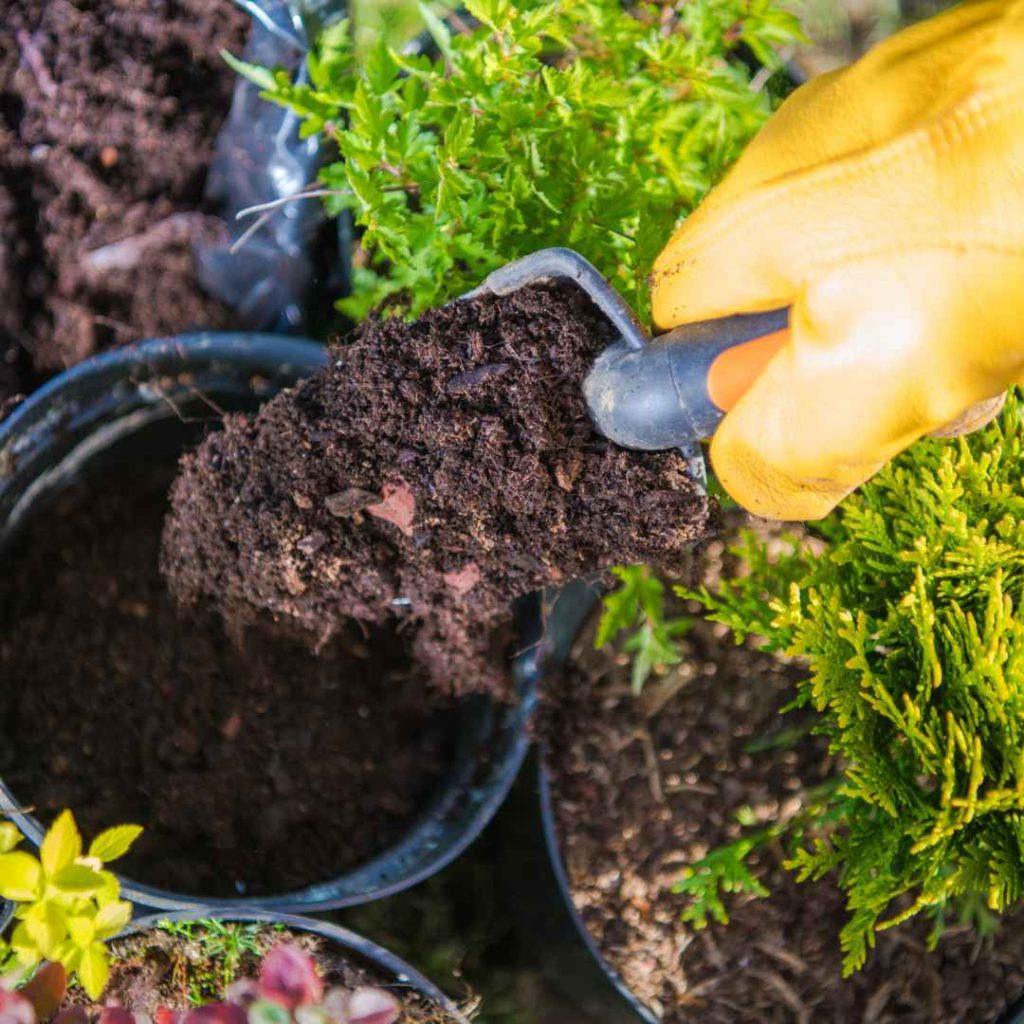
To find out which vegetation will thrive in the soil you are using, examine it. You have two options:
Ship an assortment to a laboratory or purchase a household testing package. Verify what kind of soil: is it sandstone, dirt, or pottery?
Experience it after digging up a tiny bit. Loam sounds perfect, grit is grainy, and clay is slippery. Examine the removal of the earth’s surface. After digging a hole and filling it using fluid, observe how quickly the water disappears. For the majority of vegetation, adequate irrigation is essential.
Check the acidity of the substrate. The majority of vegetation prefers topsoil that is slightly acidic (pH 6.0–7.0). If necessary, use Sulphur or limestone to modify the ph.
Establishing Your Landscape Layout:
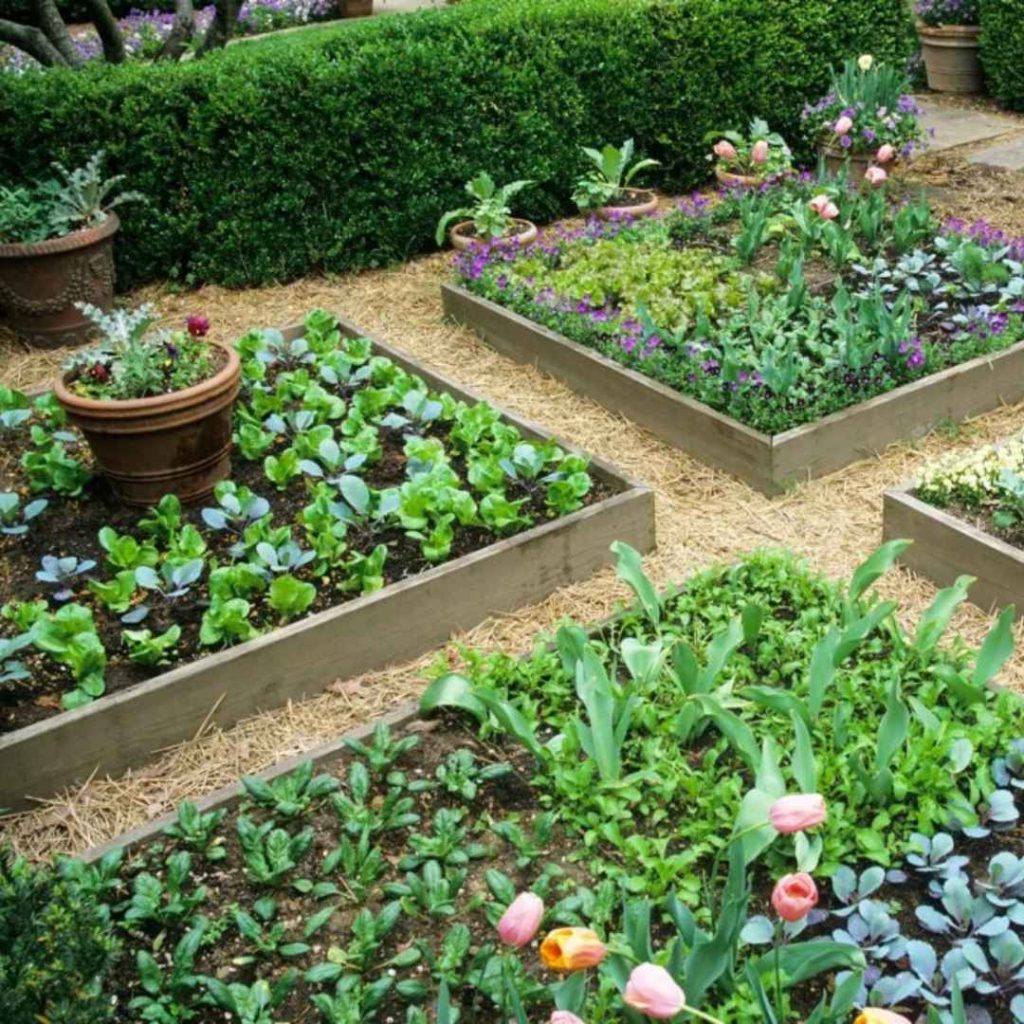
A well-thought-out landscaping plan maximizes the space that is accessible and daylight, resulting in a well-organized and effective expanding territory.
Selecting Between landscaping Beds: Elevated beds have advantages over in-ground beds, including improved drainage and dirt monitoring, quicker springtime warming, lower arrangement costs, and greater suitability for fundamental vegetation.
Elevated beds are also beneficial to compact areas, and their defined boundaries maintain vegetation neatly. In-ground beds integrate into the surrounding environment and offer greater versatility in arrangement options; if you’ve got area, combine the two kinds for variation.
Upkeep And Maintenance Of Gardens:
Your springtime gardening remains lovely and thriving with regular maintenance. Plants that receive regular upkeep are more likely to flourish and avoid frequent problems. Approaches for Watering and
Maintaining: Feeding plants properly is essential to their well-being. To promote robust root development, irrigate thoroughly and infrequently. Watering is best done at the beginning of the day since it minimizes loss. Think about setting up a drip drainage system for effective hydration. This saves water and avoids leaf illnesses by delivering water straight for growing bases.
To keep vegetable beds hydrated and keep invaders out, mulching them. To avoid mold, sprinkle a coating of two to three inches around vegetation, avoiding the stems. Before irrigation, verify the substrate’s level of moisture. Put one to two inches of your index finger into the ground. The moment has come to replenish the water if it seems parched.
Taking Care Of Plant Maintenance And Trimming:
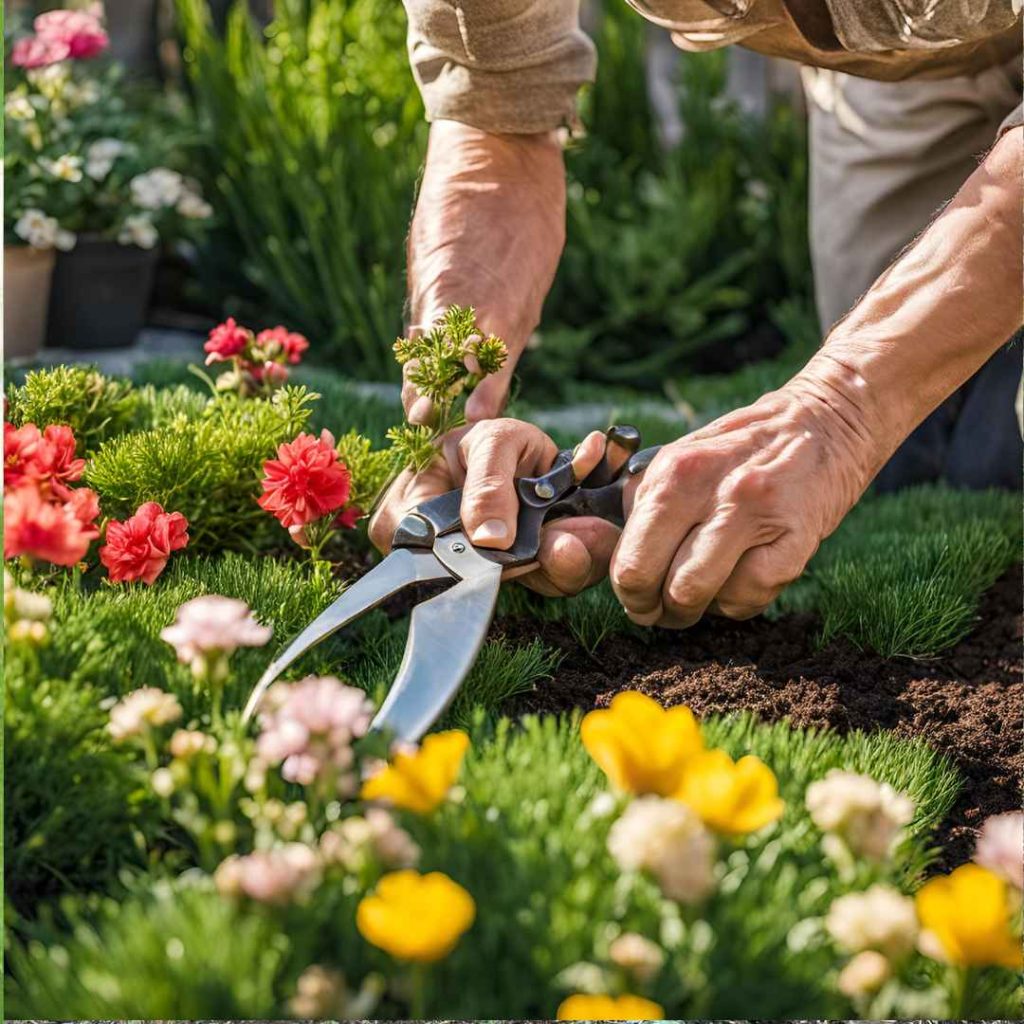
Pruning eliminates unhealthy or unproductive foliage and aids in shaping vegetation. To create cutting-edge technology and stop the transmission of illness, utilize precise, sterilized tools.
Flowers that blossom in the springtime should be pruned as soon as possible. Before the new development begins, cut summertime-blossoming plants in the beginning of springtime. To increase airflow, trim any limbs that are pushing against one another or overlapping. This aids in the prevention of microbial infections.
Keep an eye out for indications of illness or infestations. Check for becoming wilted yellowing, or cracks in the greenery. Use the right techniques to address issues immediately, such as utilizing natural insecticides or eliminating impacted areas.
Depending on soil testing and plant species, nourish crops as necessary. Steer clear of fertilizing excessively, as this might result in inadequate development and draw insects.
Gathering Produce And Savoring Your Landscaping:
The springtime gardening completes the loop when ripe vegetation is picked and used in dishes. Effective methods for gathering and inventive solutions let you get the most out of your labors.
